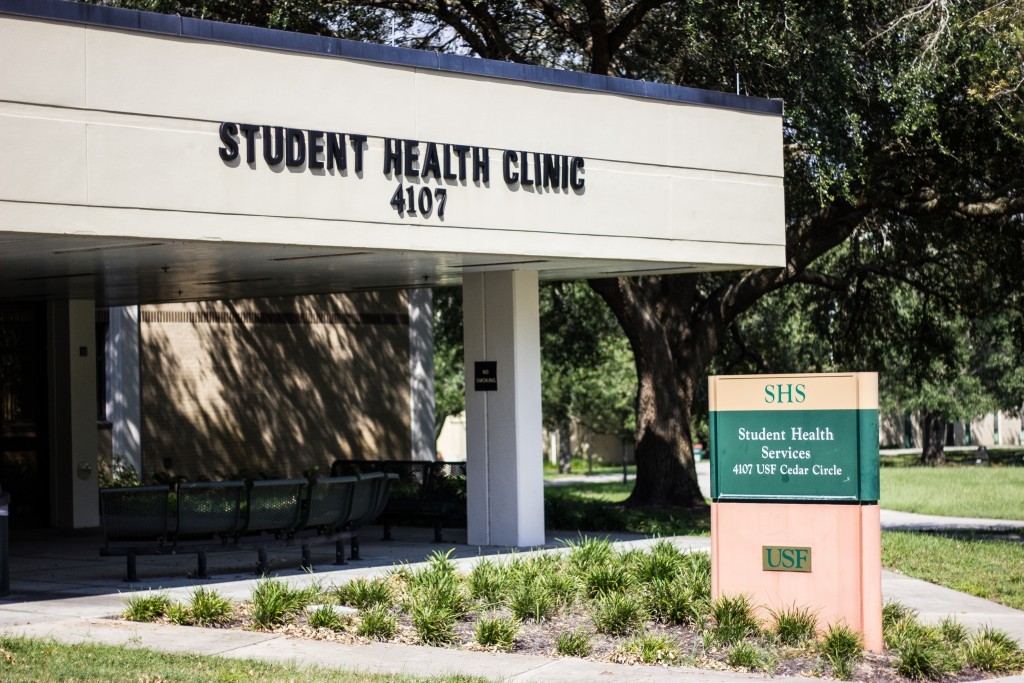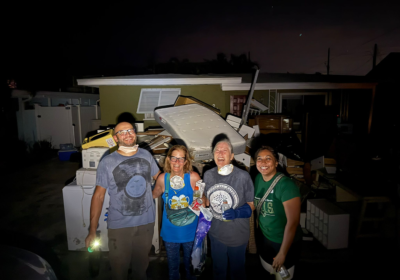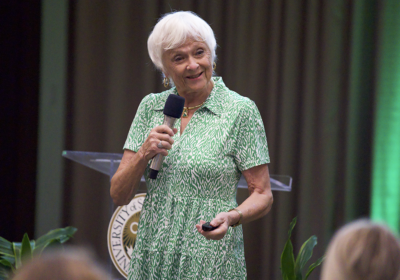SHS preps students on coronavirus prevention

With nearly 6,000 confirmed cases worldwide and a death toll of 132, the coronavirus is increasing at an alarming rate — and so is the concern.
Across the globe, the virus has spread throughout Asia, Australia, parts of Europe, Canada and the U.S.
The first case in the U.S. was reported Jan. 21 in Washington state, according to the Centers for Disease Control and Prevention (CDC).
There have been five positive cases, 68 negative and 92 that will be determined at a later date. The confirmed cases in the U.S. are in Washington, California, Arizona and Illinois.
Concerns have grown so much that American Airlines, British Airways, Delta, United Airlines among other international flights have announced that they would be limiting the number of flights going to China or stopping operations there completely.
The CDC has been working on tracing the origins of the outbreak as well as assisting health departments where there have been confirmed cases.
Although most of the world is aware of the outbreak, what exactly is it?
Seetha Lakshmi, USF assistant professor and infectious disease specialist, said the coronavirus comes from a family of viruses.
“It’s a part of the same viruses that cause the common cold, so it’s not something that’s totally unseen before,” Lakshmi said.
However, the novel (new) coronavirus (2019-nCoV) is the cause of the outbreak in Wuhan, China, which has been spreading via person-to-person contact.
The CDC said the 2019-nCoV is a betacoronavirus that originated from bats. First it was suspected that animal-to-person contact was the cause because of large seafood and live animal markets, but most of the patients did not have exposure to these areas. As of now, the spread of the virus is being associated with travel from Wuhan.
Lakshmi said the newer versions of the coronavirus can cause severe human diseases such as sores, but for the most part patients are presenting with upper respiratory symptoms such as a cough, sore throat or nasal congestion.
Even though the virus has spread to the U.S., Lakshmi said the risk is still low.
However, the university has a plan in place in case an infectious disease outbreak ever happens on campus or in the Tampa Bay area.
Student Health Services (SHS) Director Joseph Puccio said the department undergoes preparation programs for infectious disease outbreaks as well as preparation protocol every year.
Students can access the Student Health Pandemic Response Plan on the USF website.
“SHS would work very closely with counties or state health officials to make sure we are following all of the same guidelines,” Puccio said. “We would focus on how to triage people and what the plans would be if people were testing positive or if we were suspicious,” Puccio said.
Even though the virus is low risk, Puccio recommends students still practice good hand hygiene. He said a lot of the preventatives for the virus are similar to the flu or other respiratory infections.
“Make sure you are washing your hands with soap and water for at least 20 seconds,” Puccio said. “If you go into any medical facility and you have a cough, it’s a good idea to wear a mask and if you have a fever, you shouldn’t go to school or go to work or be a part of any social activities.”
Other tips for prevention include avoiding touching your eyes, nose and face with unwashed hands and using an alcohol-based hand sanitizer if soap and water isn’t available.
People from across the U.S. have been purchasing face masks as a preventative. In fact, face masks are selling out at a rapid pace in cities such as Chicago, Seattle and Chinatown, NY.
Newsweek reported that people are even turning to pharmacies and taking the face masks that are put out for flu season.
Even though it may feel like a protection from the outbreak, Lakshmi said that is not the case.
“If you don’t wash your hands, the masks by themselves aren’t going to be effective,” Lakshmi said. “By the way the mask fits your face, anything can still go into it.”
Lakshmi said there are still uncertainties about the virus that are of concern, but will later be discovered with time.
“It’s an ongoing situation so we have to see if it mutates,” Lakshmi said. “It uses the same receptors to bind that are similar to sores. That’s why the concern is if it will become more severe as it adapts to its host. That’s why the CDC often checks to see if the virus has changed after it’s been isolated.”
Lakshmi said she recommends that people who have visited China recently and are experiencing respiratory symptoms contact their health care providers as soon as possible to be safe.
“The health care providers can screen them or over the phone the person would have to say that they have been in China and there was a concern for exposure so that they can be routed properly to the correct channels.”






